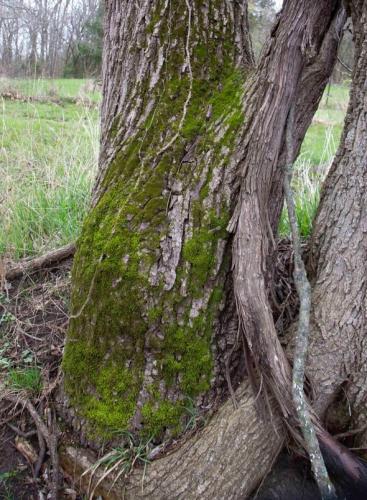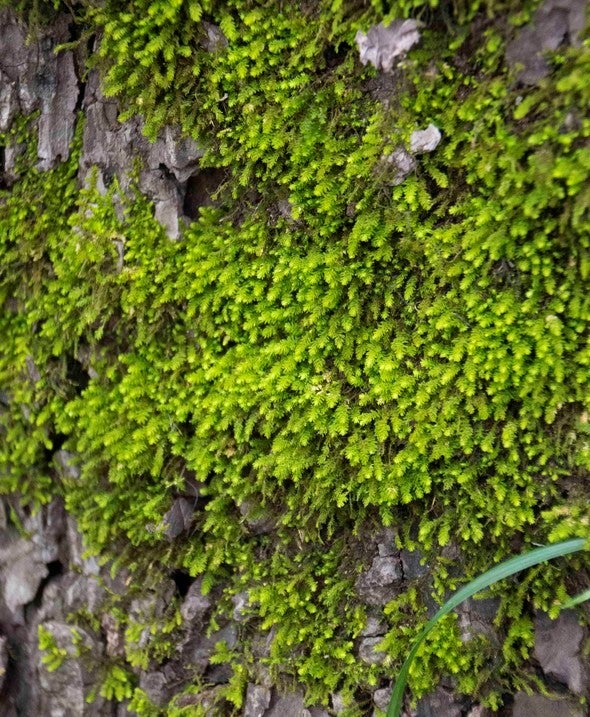
Xplor reconnects kids to nature and helps them find adventure in their own backyard. Free to residents of Missouri.


































Stay in Touch with MDC news, newsletters, events, and manage your subscription

Xplor reconnects kids to nature and helps them find adventure in their own backyard. Free to residents of Missouri.

A monthly publication about conservation in Missouri. Started in 1938, the printed magazine is free to residents of Missouri.






Kansas City, Mo. – Lichens and mosses are natural wonders found outdoors amid yards and gardens for those who look closely. The growth and tones of these primitive life forms are vibrant in spring. They offer a surprising variety of colors and textures as they play a role in nature’s cycles. The Missouri Department of Conservation (MDC) suggests finding lichens and mosses near home can also make a good educational romp outdoors for children.
Take along a magnifying glass and perhaps a camera. What appear to be color splotches on wood and stone when viewed at a distance, often green or gray or blueish, can reveal interesting textures and micro-eco-niches when viewed closely. They’re alive, and never more so than in early spring when moisture is plentiful, the air is relatively cool, and sunlight is nurturing plant life.
Where to find them? Try trees in your yard for starters. Both mosses and lichens grow on living trees or dead wood. Often, they are found side by side, growing where other plants cannot. Lichens are actually a dominant fungus paired with algae or bacteria, and sometimes all three, in a symbiotic relationship for nutrient intake and growth. Scientists believe that mosses and lichens were pioneer forms of life on land as early biological life developed on Earth eons ago.
Firewood stacks are a good place to look for mosses and liches. Sometimes mosses will grow on moist soil in shaded places. The most remarkable spot to find them is on stone, perhaps even old concrete. Specific species require certain types of host substrate and environmental conditions. Missouri has more than 500 species of lichens and more than 300 species of mosses. So, identifying individual species requires close scrutiny and a study of reference books or online sources.
For observers young and old, to find a type of mysterious life thriving right outside the doors and windows of home is a surprise. A look at moss through a magnifying glass may reveal stems upholding tiny spore capsules called sporophytes, the equivalent of flowering. That’s a sign the moss is happy with environmental conditions and sending forth reproductive spores to start new colonies. Often insects can be seen using mosses and lichens as homes or for food. The primitive nature of mosses and lichens makes them no less wondrous, perhaps more so since they can thrive where other life cannot, and they support other types of life. Wildlife utilizes some species of mosses and lichens for food.
For more information on lichens and mosses in Missouri, visit http://mdc.mo.gov. To see them, step outside and look closely. An interesting and in-depth story about lichens is available online from MDC’s Xplore magazine at https://short.mdc.mo.gov/ZnQ.